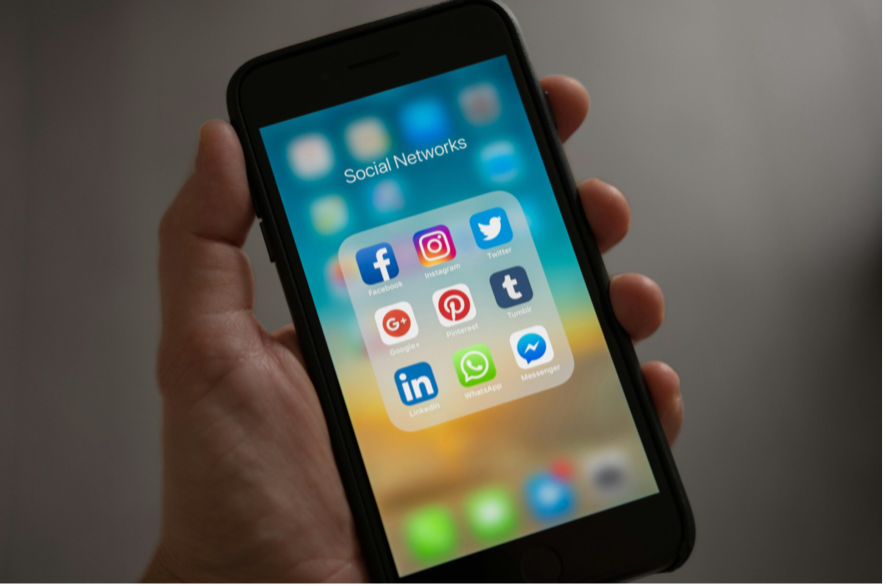
https://clappingdogmedia.com/why-organic-traffic-matters-more-than-social-media-success/
In today’s digital age, social media plays a major role in the daily lives of millions of high school students. Through platforms such as Instagram, Snapchat, and TikTok, social media has become many teenagers’ main source of communication and information. Increasing concerns about the dangers of social media have sparked debates about its role in teenagers’ lives. Many adults argue that it distracts students from schoolwork, worsens mental health issues, and facilitates cyberbullying. These worries can be attributed to the fact that more than ninety percent of student ages 13-17 use or have used at least one social media app. However, while these concerns stem from a place of caution, it is impossible to ignore how deeply embedded social media is in teen culture. Despite the potential drawbacks, the advantages of social media, such as enhanced communication and a creative outlet for self-expression, make it a valuable tool in high school students lives when used responsibly.
Social media could lead to exclusion and further bullying behavior. Viewing what others are doing online can easily make an individual feel insecure about themselves. Kids who post about fun things they do with some friends might make others feel excluded. This can induce anxiety and depression, as students are constantly trying to fit in and feel included.
Teenagers can also develop an unhealthy obsession with their appearance on social media. An exponentially growing problem is how kids spend more time on their phone than anything else.
Mr. Ryan Farrington, Director of the Library and Digital Learning, says, “You can’t break away. Students are balancing far more relationships online than in person.” They start prioritizing their phone over schoolwork and athletics, resulting in lower performances.
Moreover, social media can also provide the foundation for cyberbullying, including spread of rumors, name-calling, and embarrassing images or videos. Cyberbullying can be extremely harmful to teenagers’ mental health. With social media’s anonymity, cyberbullying has an effective and indirect way to make someone depressed without necessarily revealing the bully’s identity or making them undertake serious consequences. Social media can be a great resource to make new relationships and connect with friends, but if used wrong, there can be detrimental consequences.
On the other hand, social media fosters connections and strengthens communication skills by allowing students to interact with friends, share personal experiences, and stay connected with peers both during and after school hours. In a fast-paced, dynamic world, these platforms provide an immediate way for students to stay in contact and keep up with each other’s lives, even they are miles apart.
“Going to high school, especially a private school with people from all around the world, means it is easy to get disconnected from peers after graduation,” shared Claire Chace ’25. As her senior year ends, she finds comfort in the fact that she will be able to get her former classmates’ updates on their college lives through social media.
Additionally, social media provides an invaluable creative outlet for high school students, allowing them to showcase their talents. Platforms like TikTok, Instagram, and YouTube offer students opportunities to create and share original content, whether it’s through photography, writing, music or other art forms. Meredith Cameron’25 uses Instagram to express her creativity and passion for art. Through sharing her artwork online, she can connect with other artists.
“I gained inspiration from them and gave similar inspiration back,” said Meredith.
On her personal page, she uses her creativity to curate her feed, posting various pictures that fit her aesthetic. In this way, social media has empowered students to build community through sharing creativity and finding people with shared passion.
Knowing the consequences of misusing social media, the administration at Tabor Academy plans to implement a new phone policy in hopes to lessen students’ attachment to their phones and social media. While students cannot access their phones throughout the class day, they are free to use them during downtime at night. Although students will probably dislike a stricter phone environment, the policy can maintain the well-being of the student body by minimizing phone addiction and maximizing in-person connections. Certain detachment from phone will essentially help form healthy habits and digital literacy.